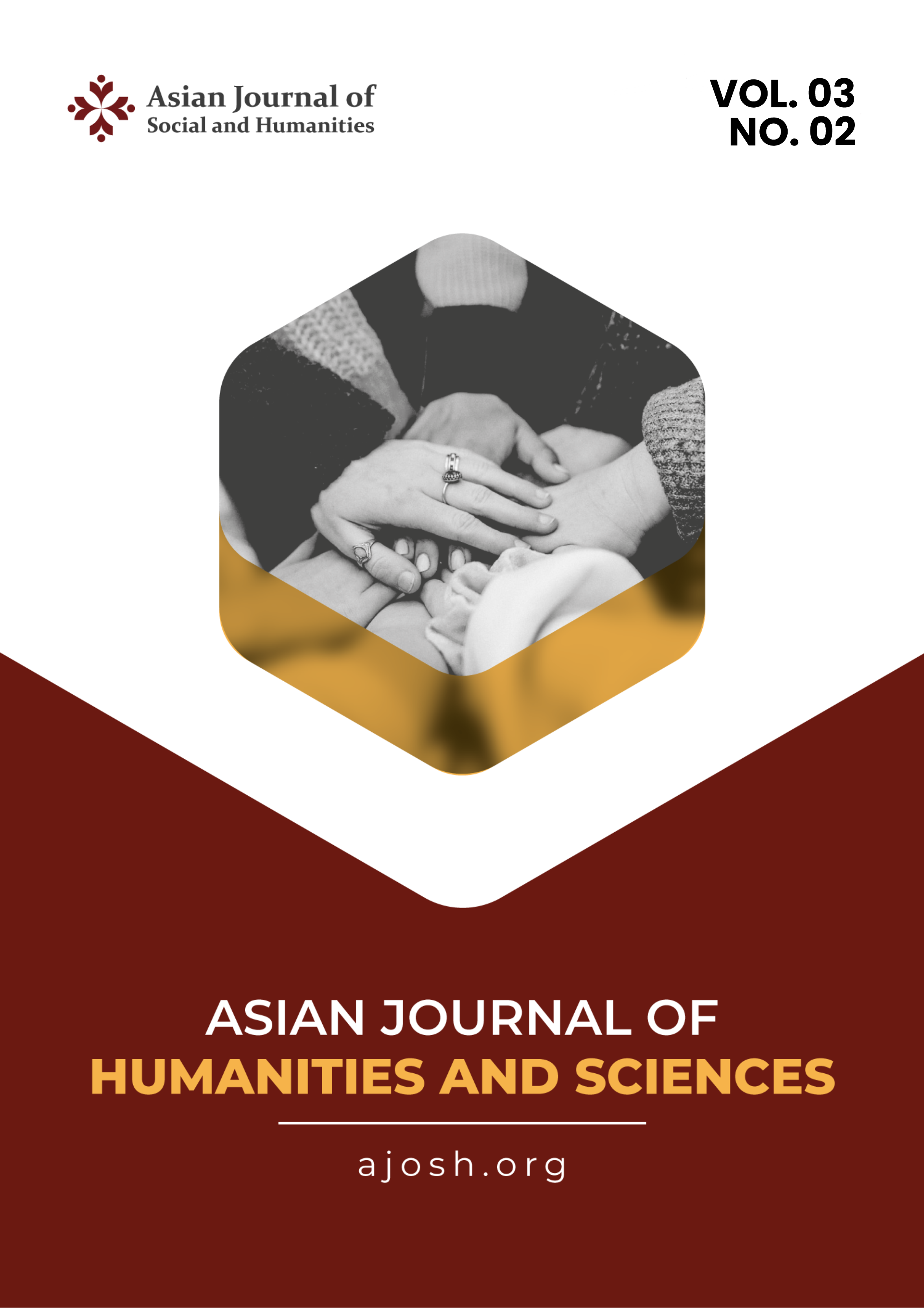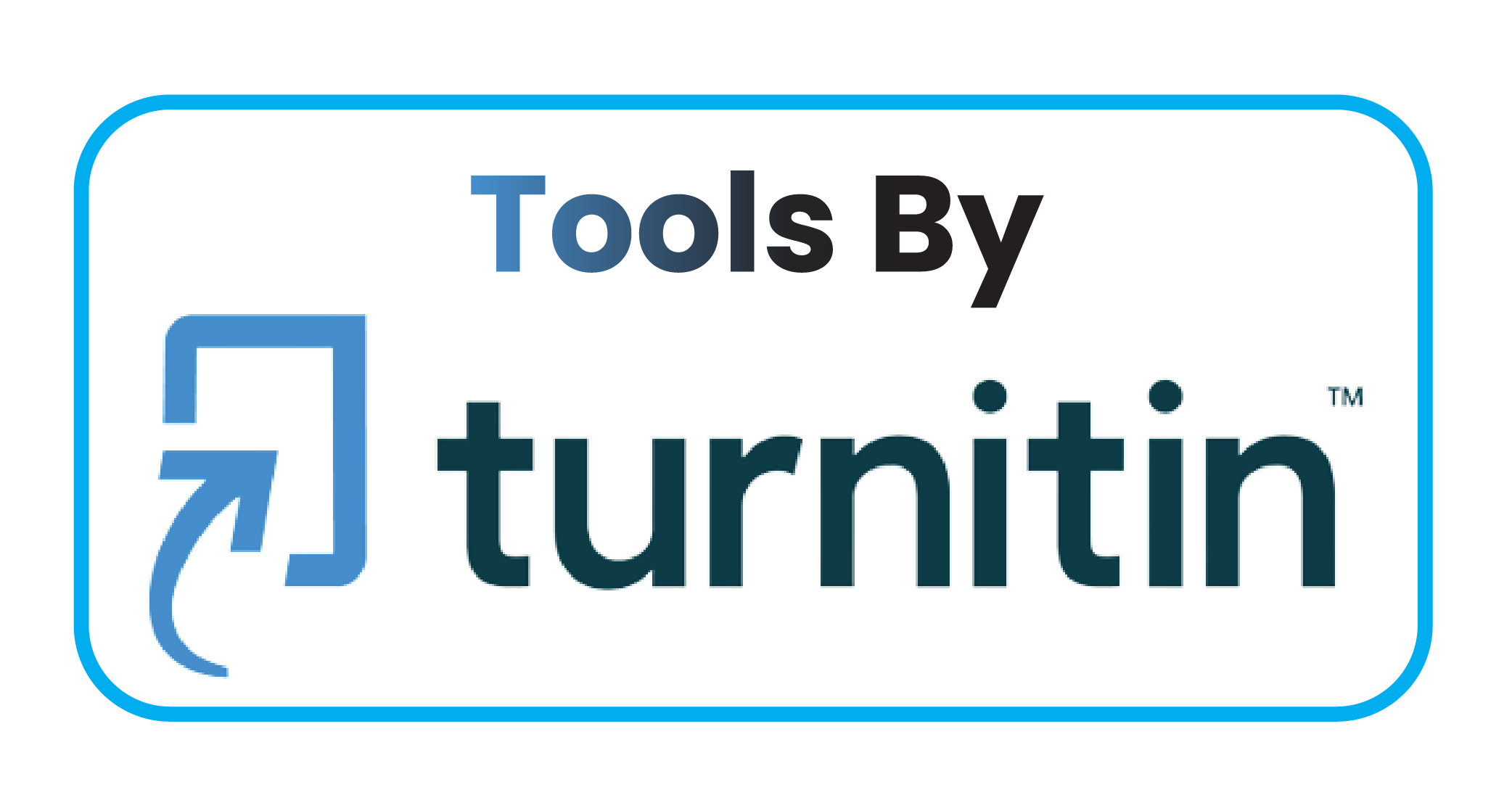Legal Uncertainty in the Application of Simple Proof in Bankruptcy Cases and Suspension of Debt Payment Obligations
DOI:
https://doi.org/10.59888/ajosh.v3i2.444Keywords:
bankruptcy;, PKPU;, simple proof;, mortgage rights;, pari passu pro rata partemAbstract
The Asian monetary crisis of 1997 triggered significant changes in the Indonesian legal system, including the reform of bankruptcy laws marked by the emergence of Law No. 4 of 1998 and later Law No. 37 of 2004 regarding Bankruptcy and Suspension of Debt Payment Obligations (PKPU). This crisis underscored the need for a fair and effective debt resolution mechanism. This research uses a normative juridical approach with descriptive analysis methods to examine the application of the pari passu pro rata partem concept and simple proof in the Bankruptcy Law. The data sources used are secondary data consisting of legislation, legal literature, and related court decisions. The results show that the practice of applying simple proof often leads to inconsistency in judges' decisions because the law does not clearly specify the definition of "simple" in this context. Several cases demonstrate difficulties in simply proving the existence of debts, which ultimately leads to the rejection of bankruptcy petitions. Additionally, the conflict of legal norms between the Bankruptcy Law and the Mortgage Law creates challenges in the execution of mortgage rights. Therefore, under the current context, the Bankruptcy Law, which emerged during the financial crisis, is no longer entirely relevant, and the concept of simple proof in Article 8 paragraph (4) of the Bankruptcy Law and PKPU needs to be reassessed to ensure fairness for creditors and debtors.
Downloads
Published
Issue
Section
License
Copyright (c) 2024 Rahmad Prasetyo, Megawati Barthos

This work is licensed under a Creative Commons Attribution-ShareAlike 4.0 International License.
Authors who publish with this journal agree to the following terms:
- Authors retain copyright and grant the journal right of first publication with the work simultaneously licensed under a Creative Commons Attribution-ShareAlike 4.0 International. that allows others to share the work with an acknowledgement of the work's authorship and initial publication in this journal.
- Authors are able to enter into separate, additional contractual arrangements for the non-exclusive distribution of the journal's published version of the work (e.g., post it to an institutional repository or publish it in a book), with an acknowledgement of its initial publication in this journal.
- Authors are permitted and encouraged to post their work online (e.g., in institutional repositories or on their website) prior to and during the submission process, as it can lead to productive exchanges, as well as earlier and greater citation of published work.










